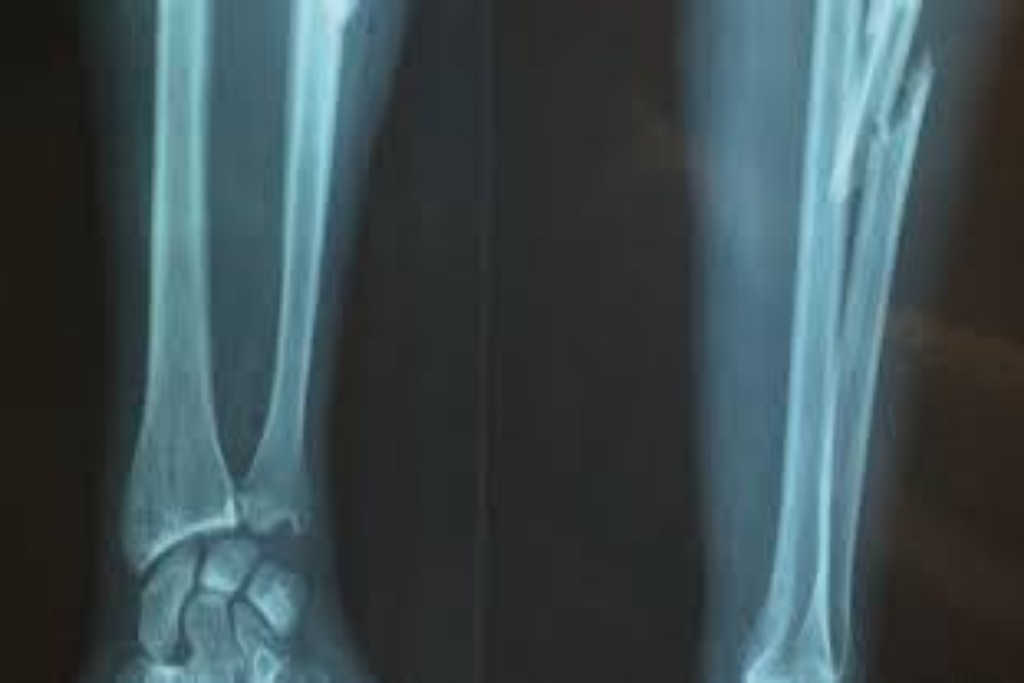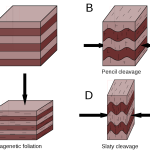Fracture, in mineralogy, appearance of a surface broken in directions other than along cleavage planes. There are several kinds of fractures: conchoidal (curved concavities resembling shells—e.g., flint, quartz, glass); even (rough, approximately plane surfaces); uneven (rough and completely irregular surfaces, the commonest fracture type); hackly (sharp edges and jagged points and depressions—e.g., most metals); and splintery (partially separated splinters or fibres—e.g., jadeite
Mineralogy
Mineralogy, scientific discipline that is concerned with all aspects of minerals, including their physical properties, chemical composition, internal crystal structure, and occurrence and distribution in nature and their origins in terms of the physicochemical conditions of formation.

Aragonite.
A brief treatment of mineralogy follows.
The goals of mineralogical studies may be quite diverse, ranging from the description and classification of a new or rare mineral, to an analysis of crystal structure involving determination of its internal atomic arrangement, or to the laboratory or industrial synthesis of mineral species at high temperatures and pressures. The methods employed in such studies are equally varied and include simple physical and chemical identification tests, determination of crystal symmetry, optical examination, X-ray diffraction, isotopic analysis, and other sophisticated procedures.
Although much mineralogical research centres on the chemical and physical properties of minerals, significant work is conducted on their origin as well. Investigators are frequently able to infer the way in which a mineral species forms on the basis of data obtained from laboratory experiments and on theoretical principles drawn from physical chemistry and thermodynamics.



Comments are closed